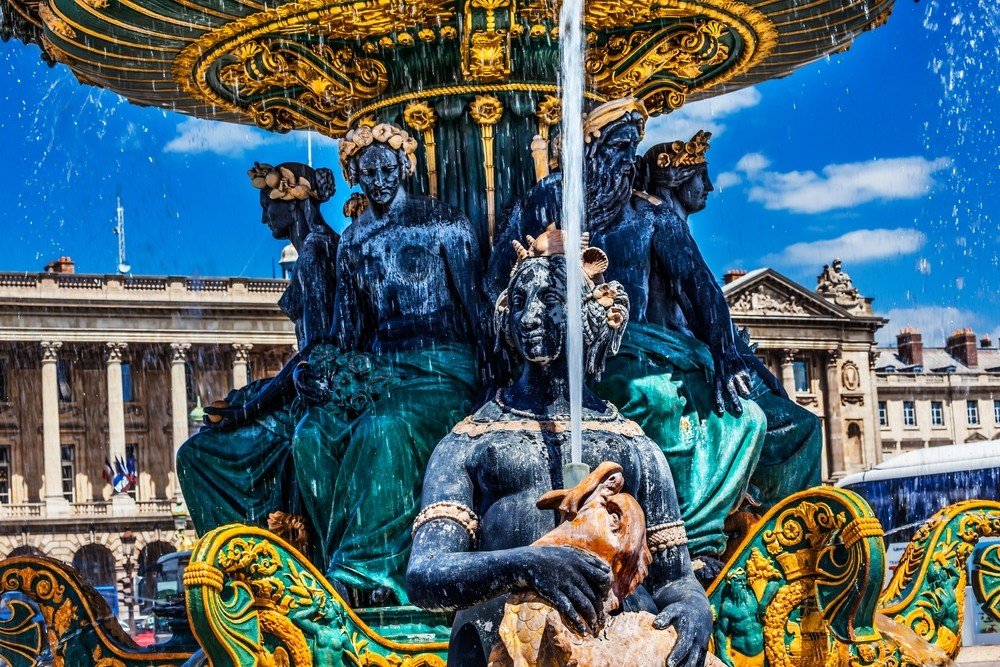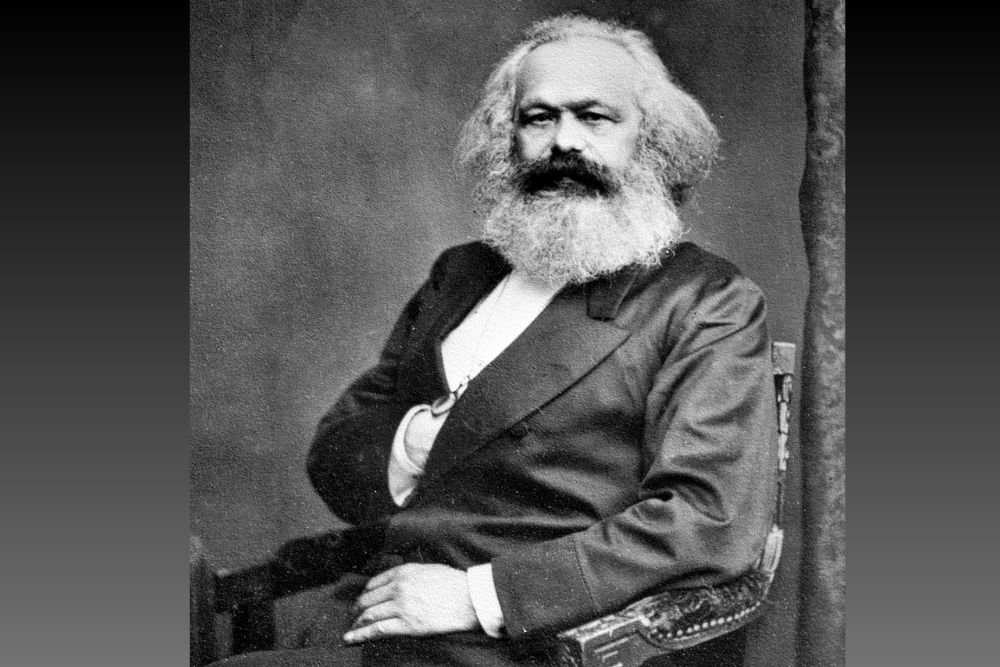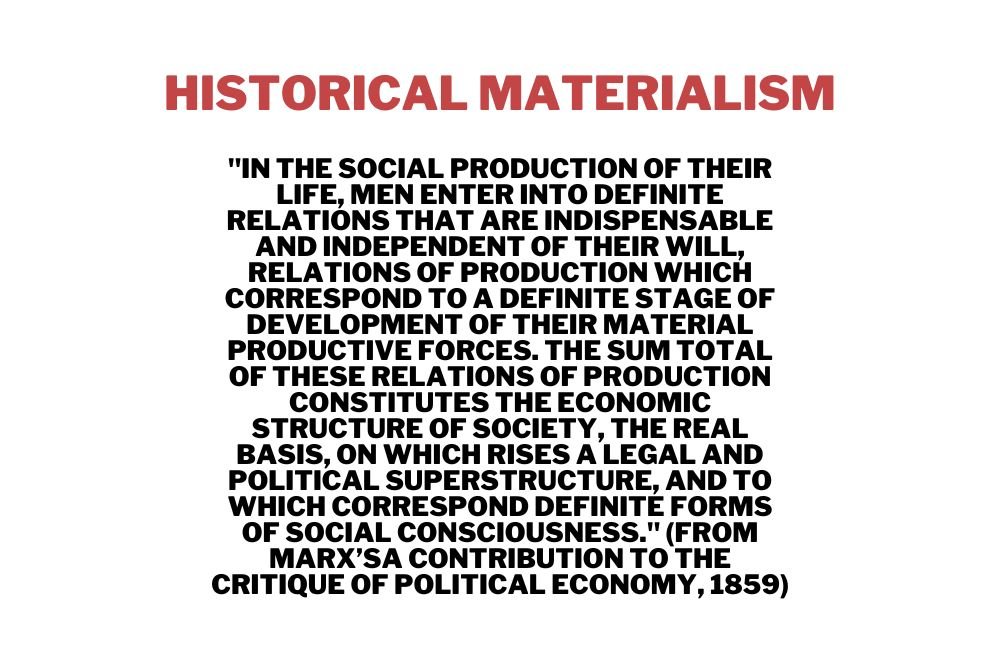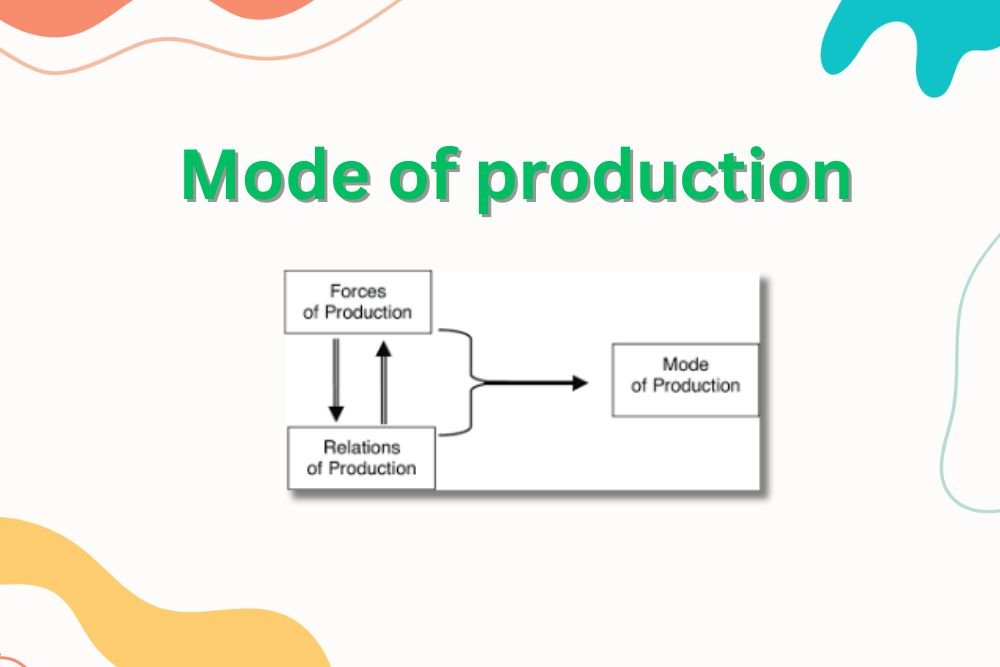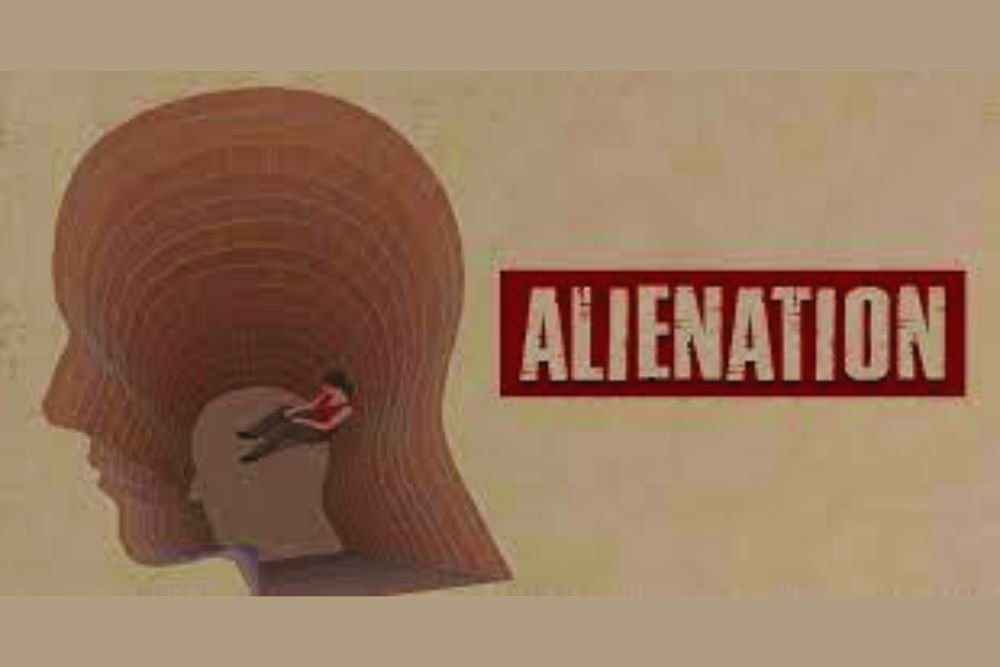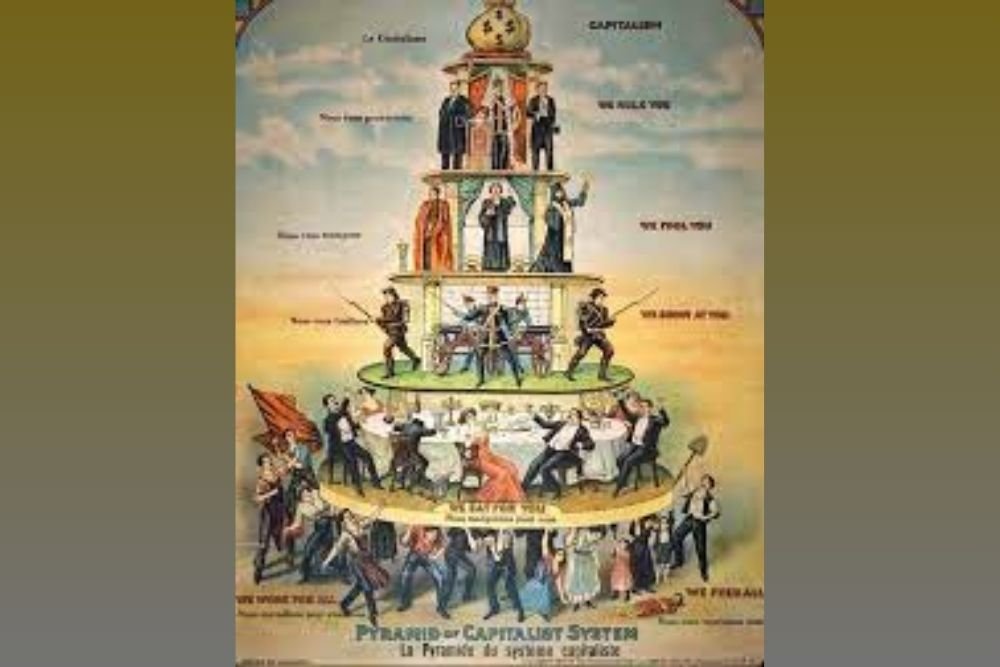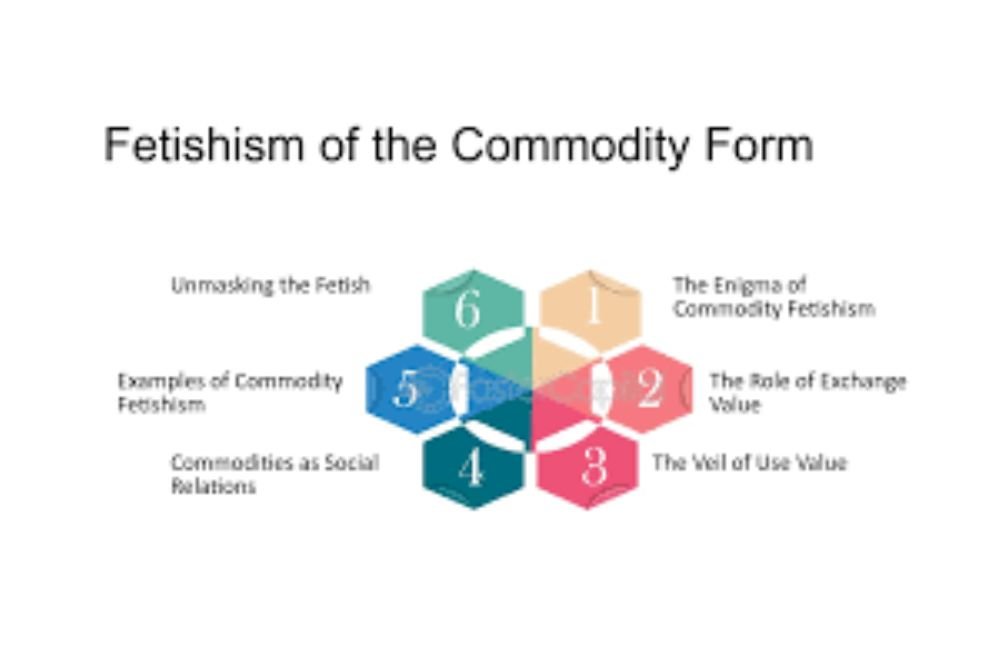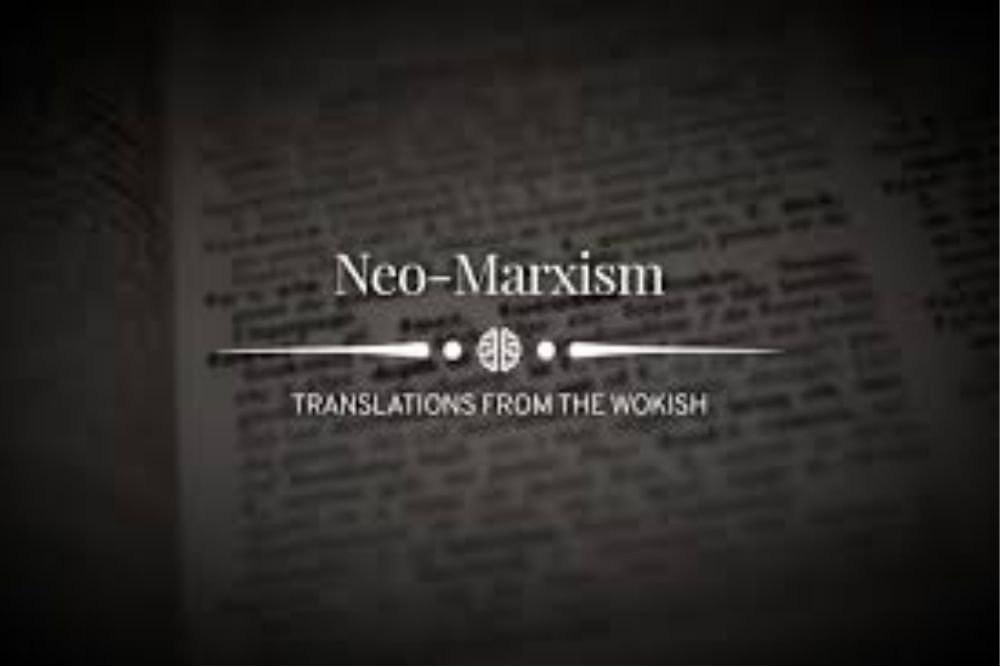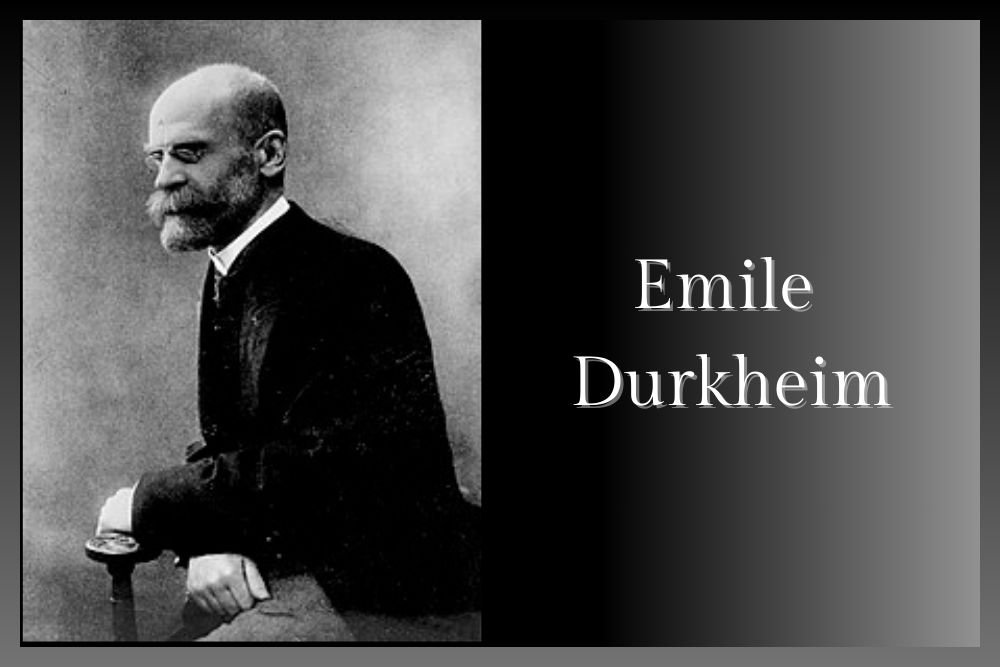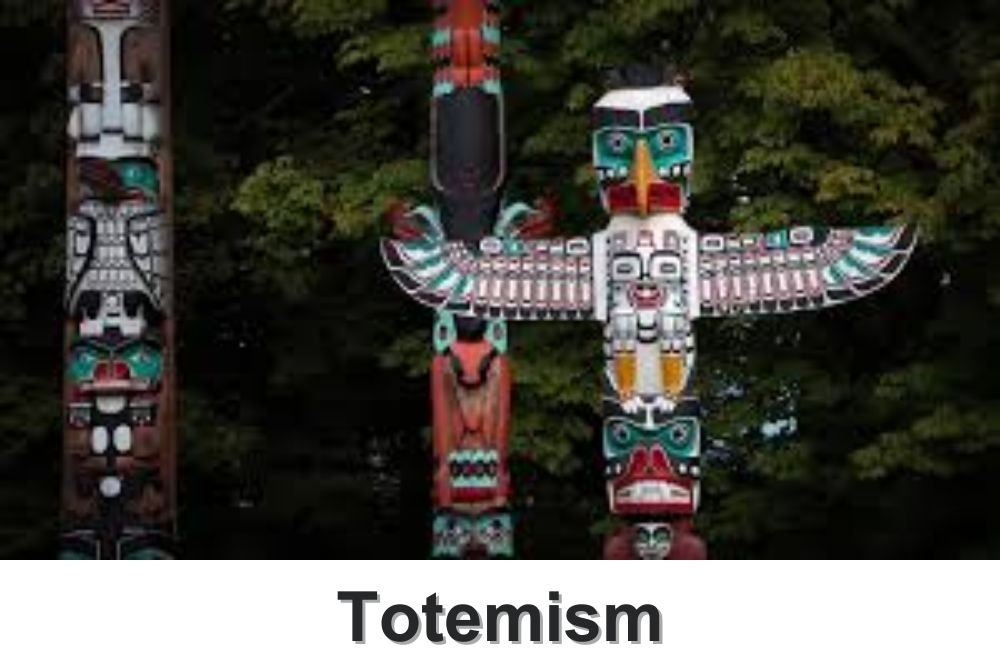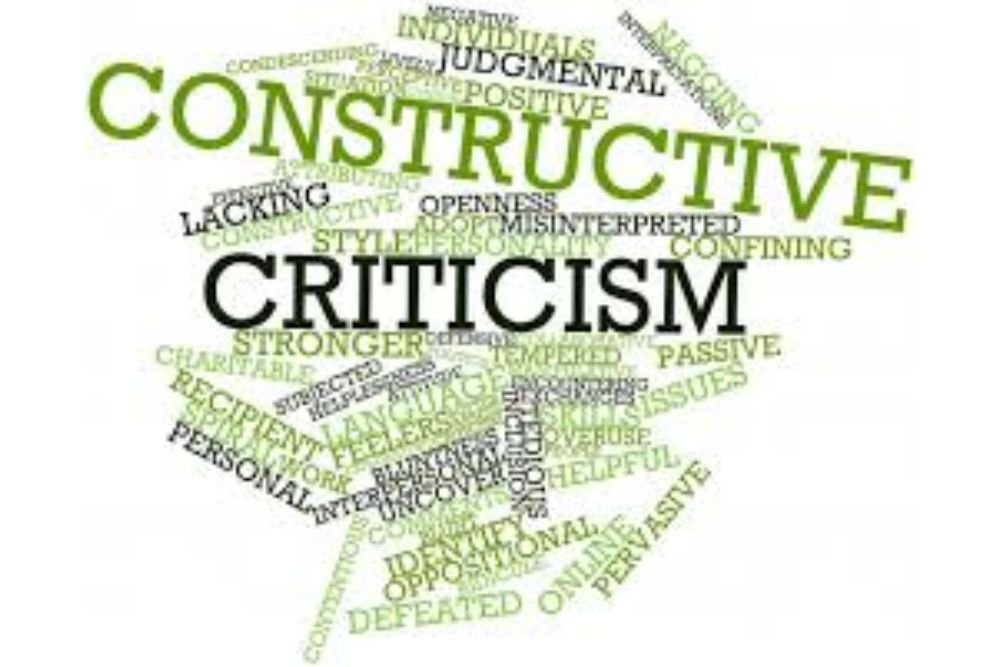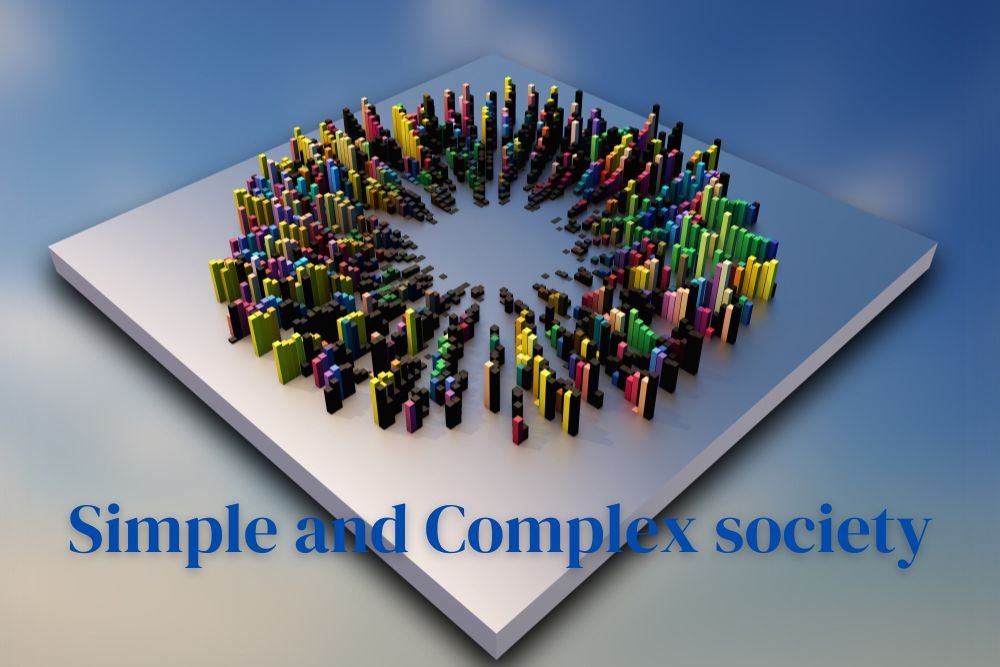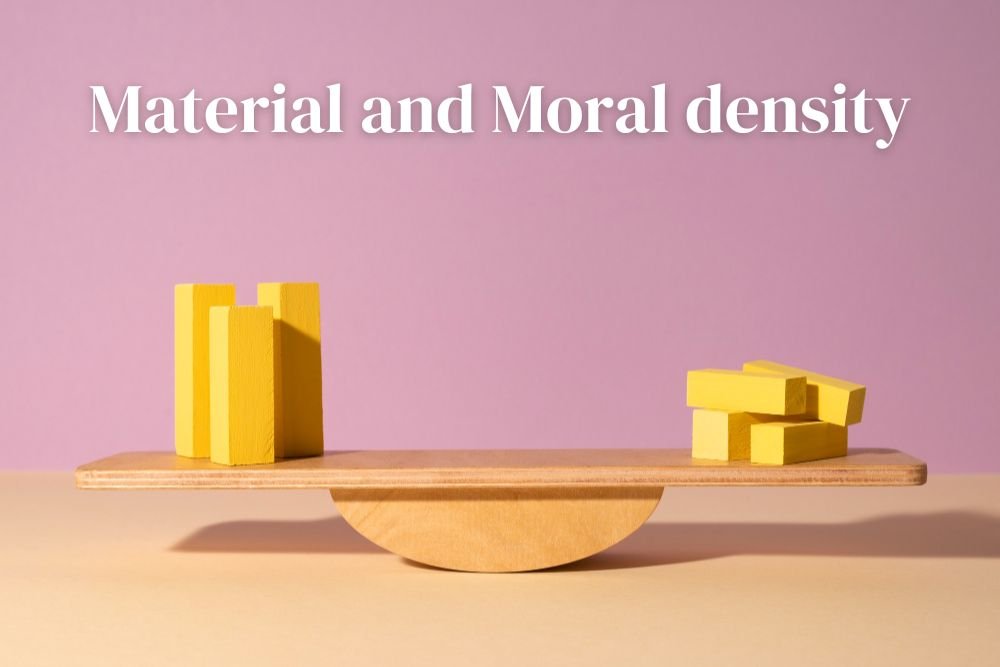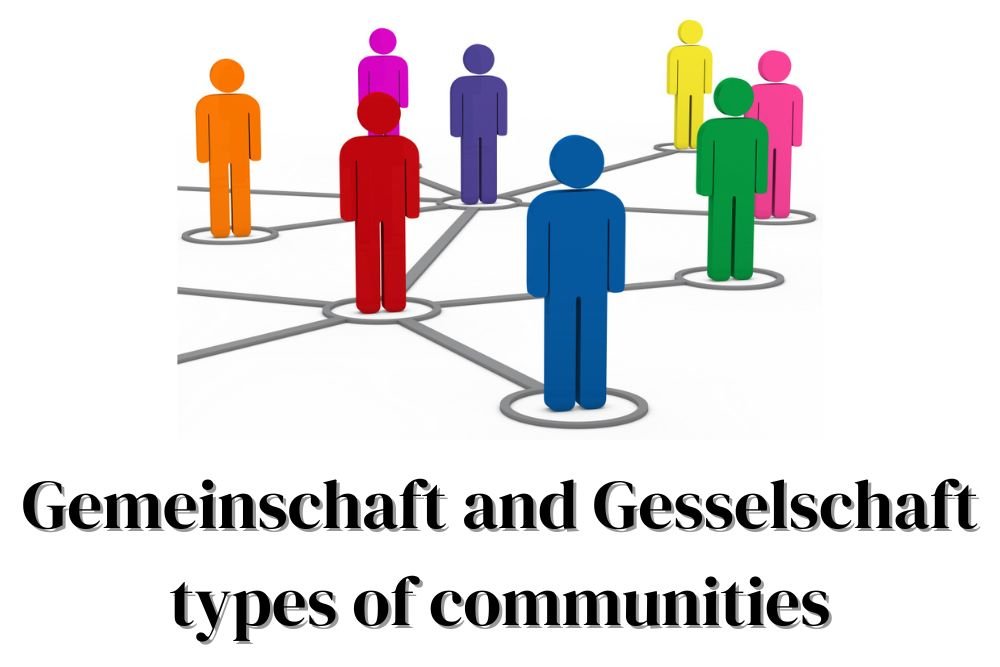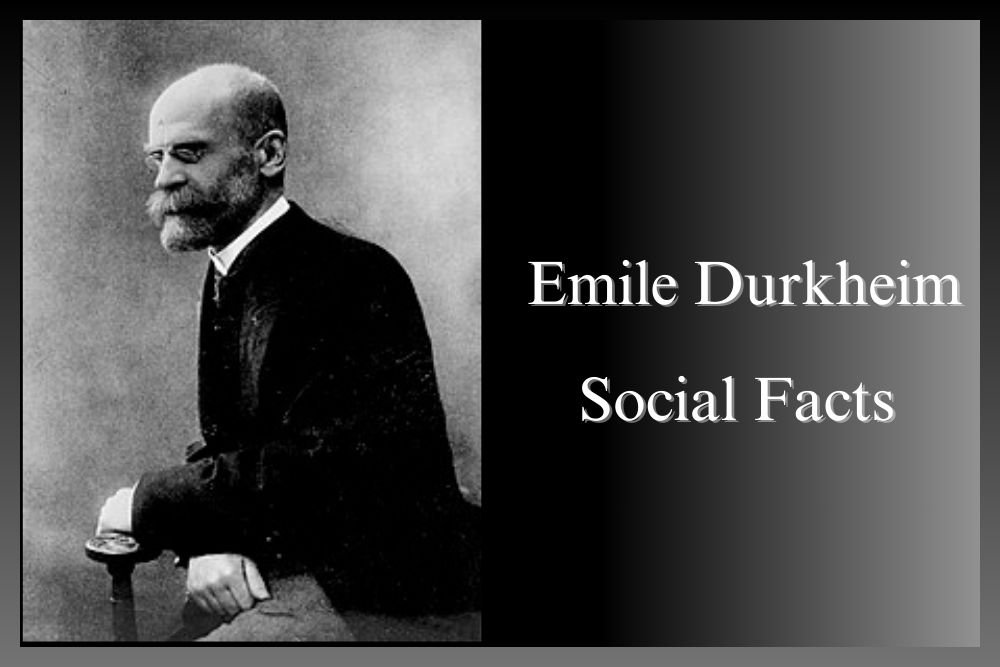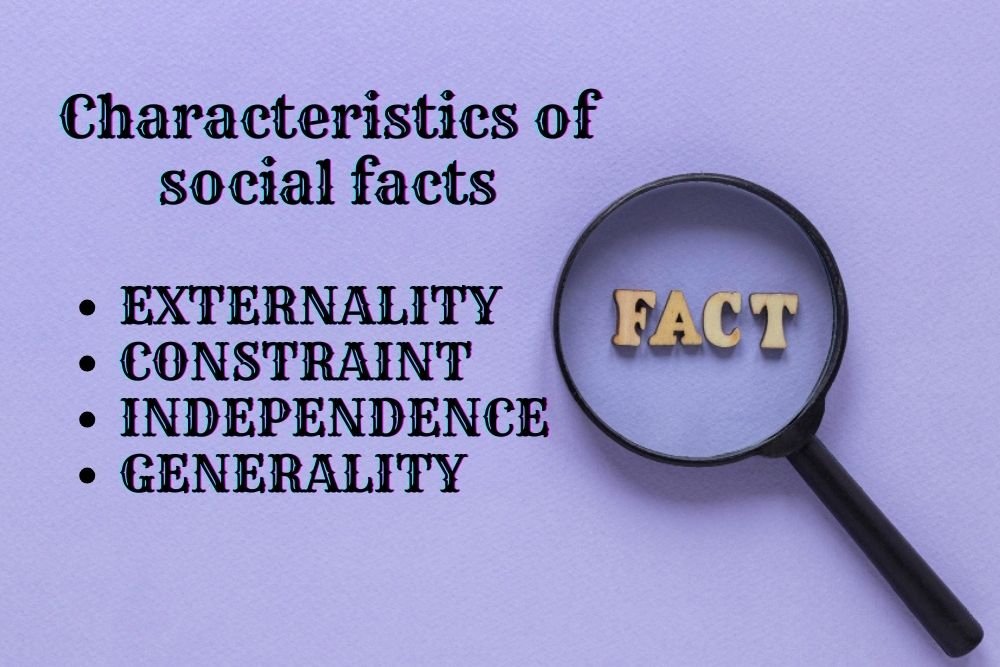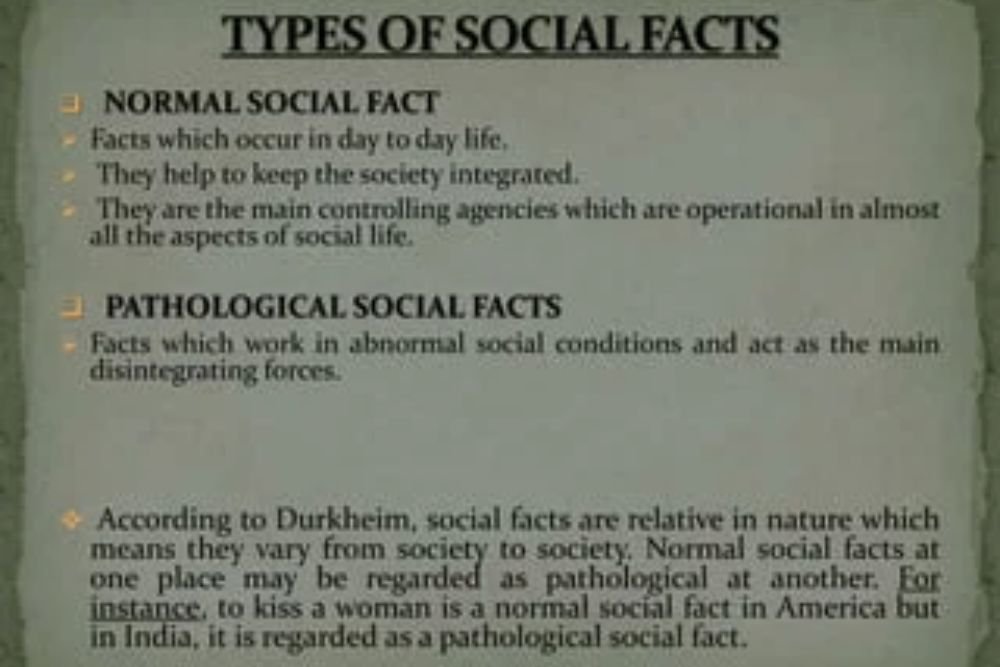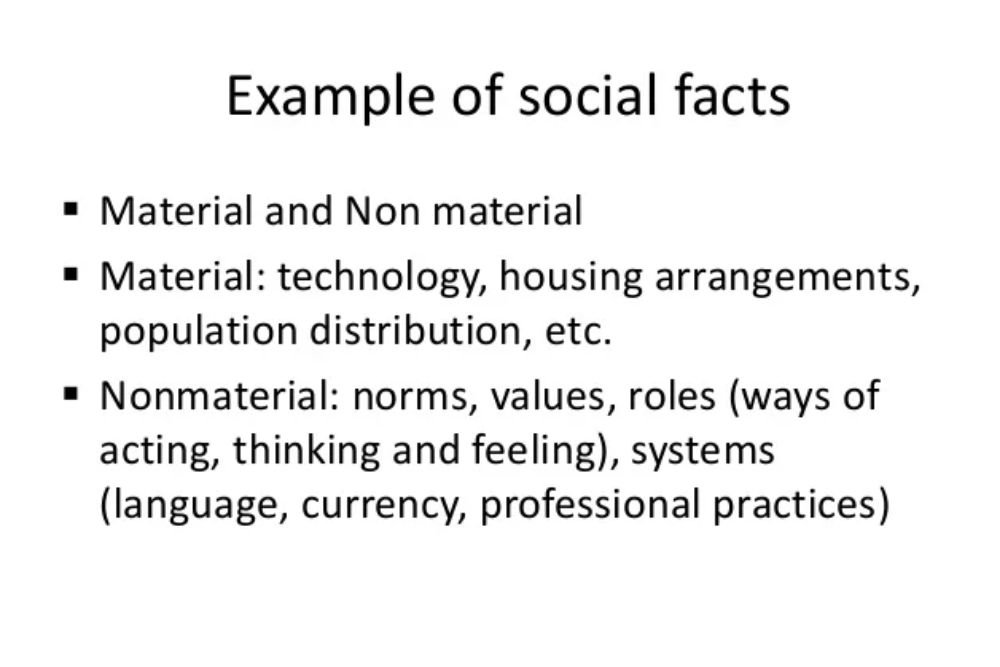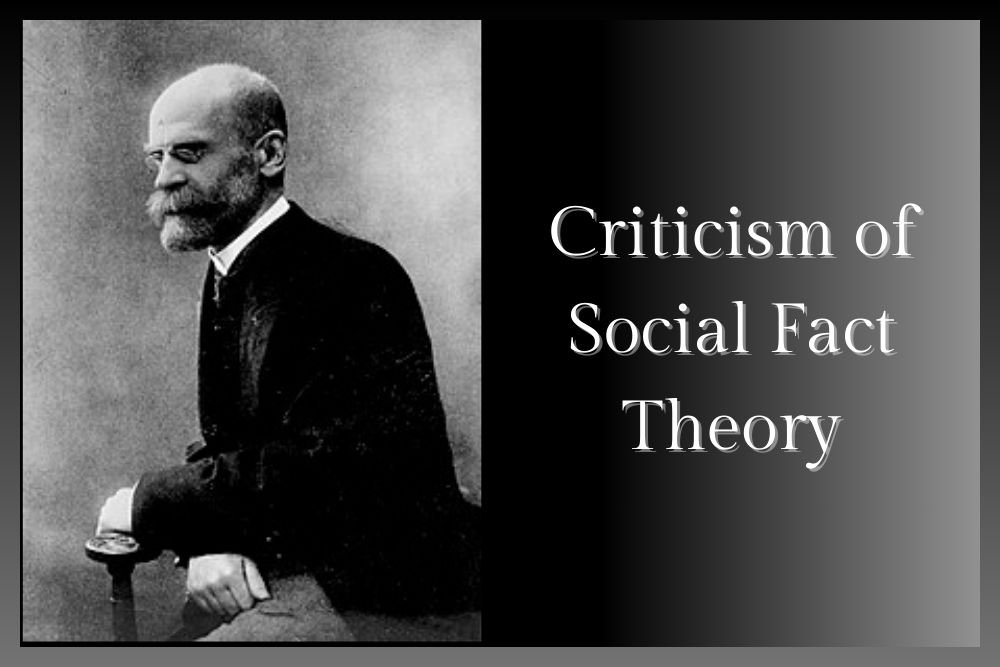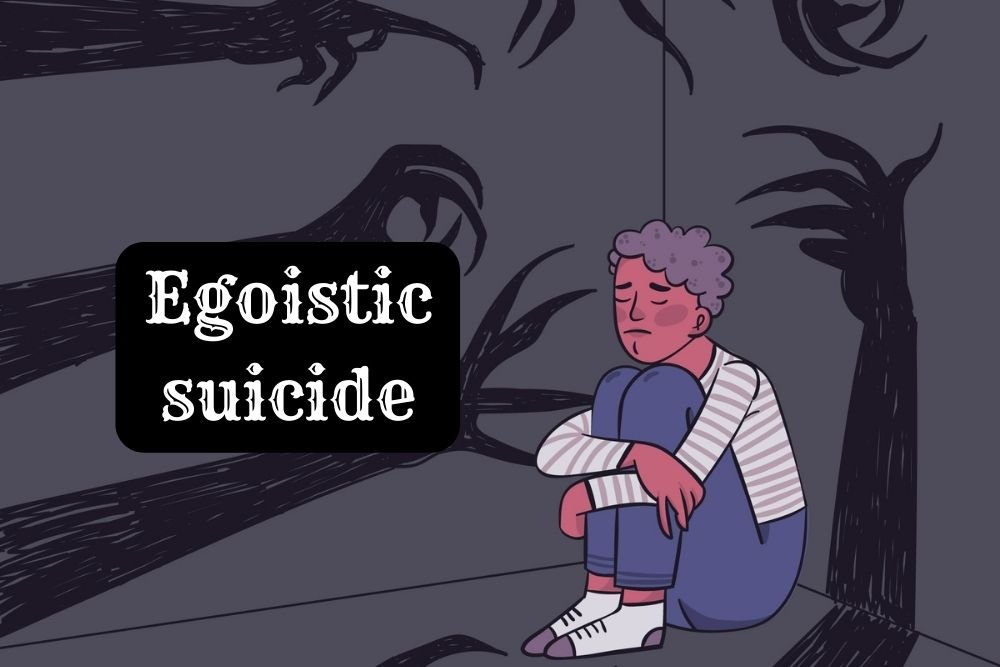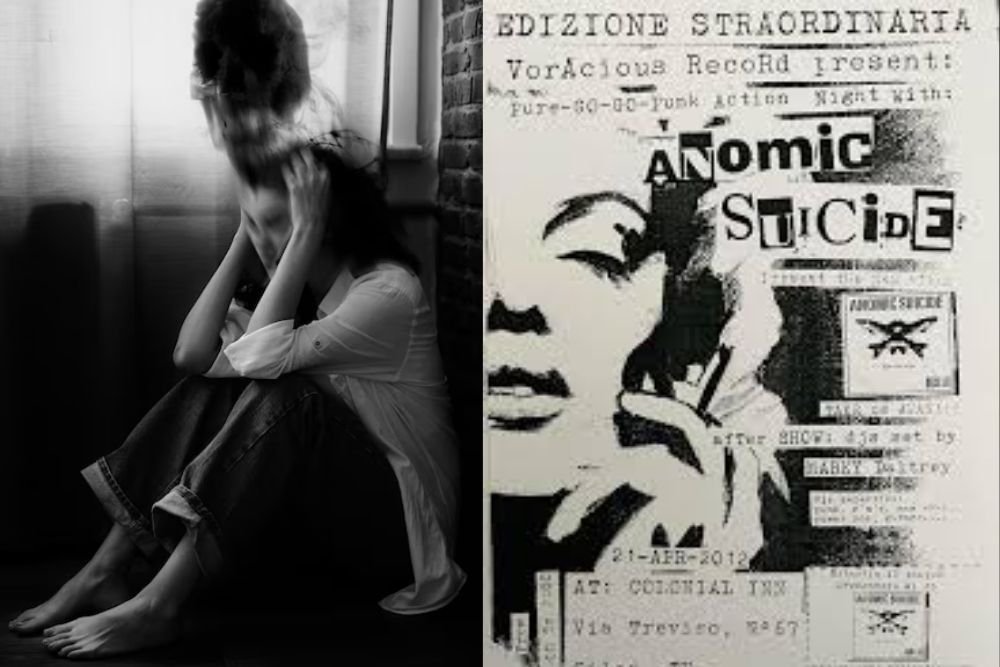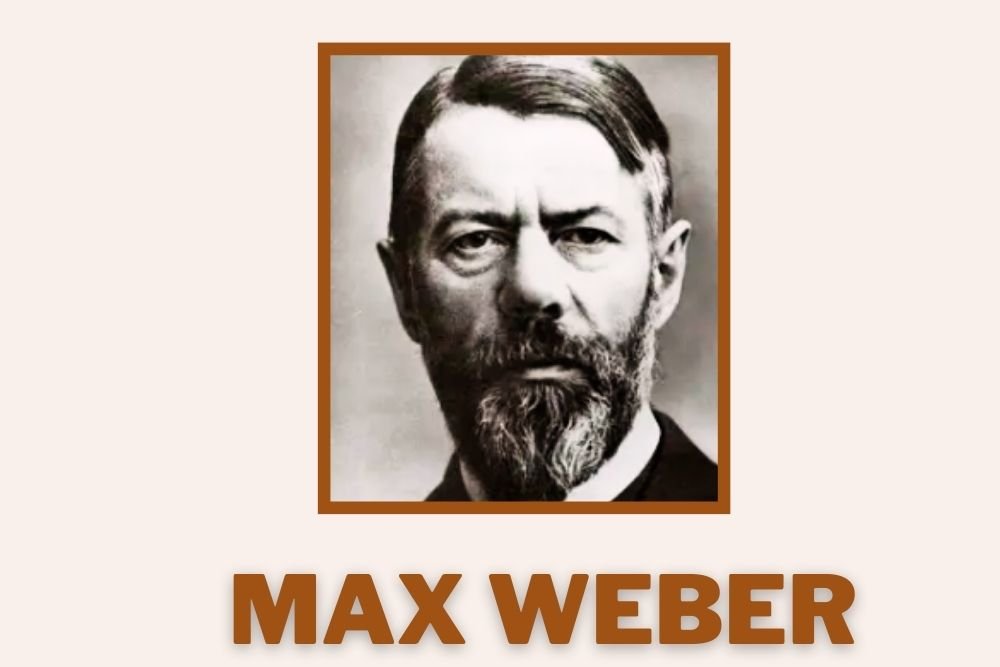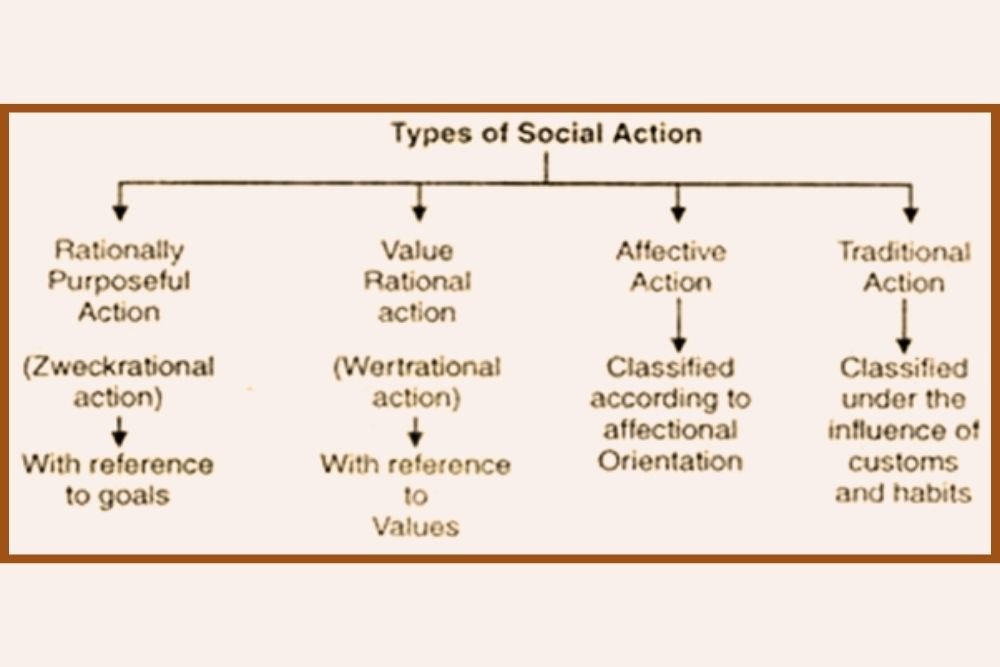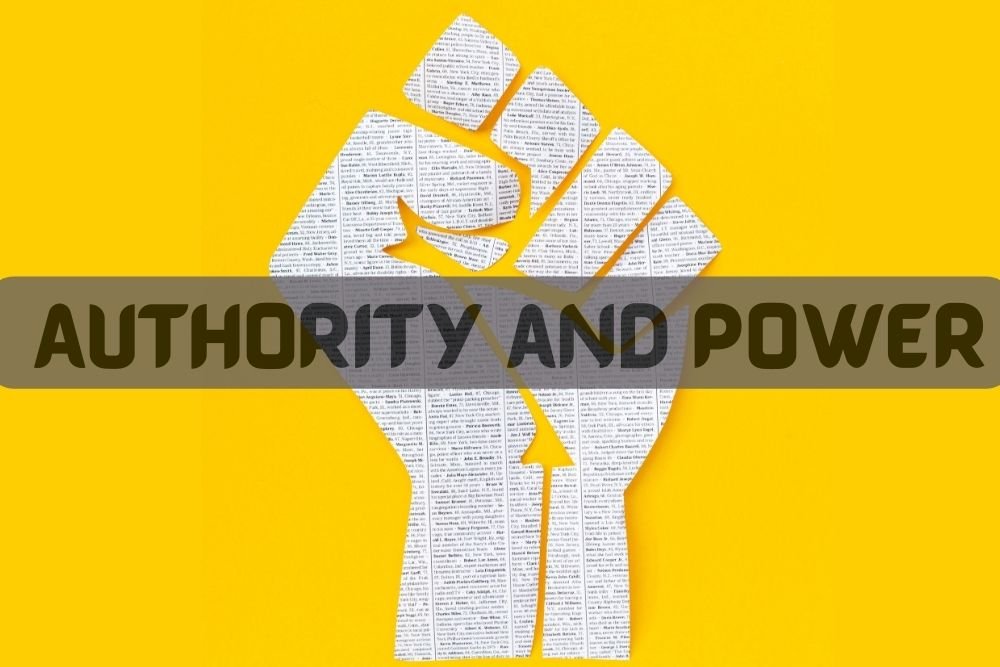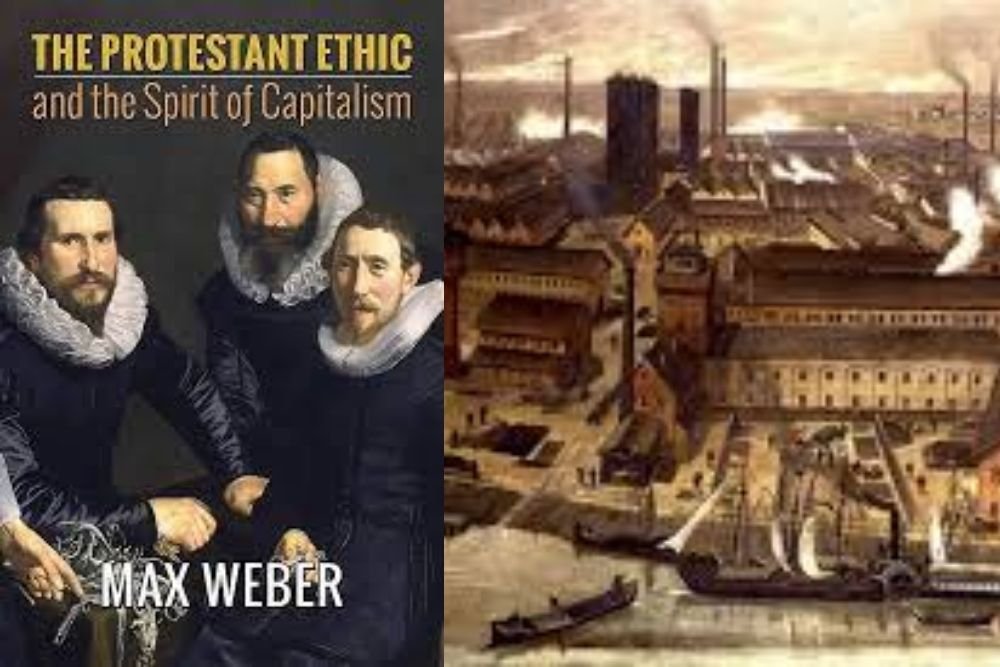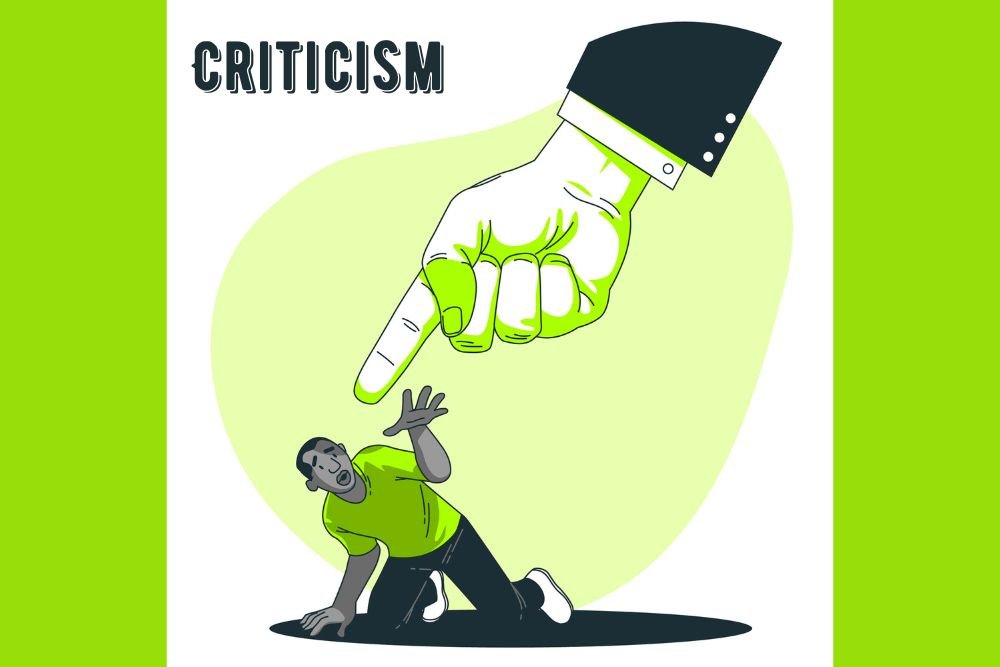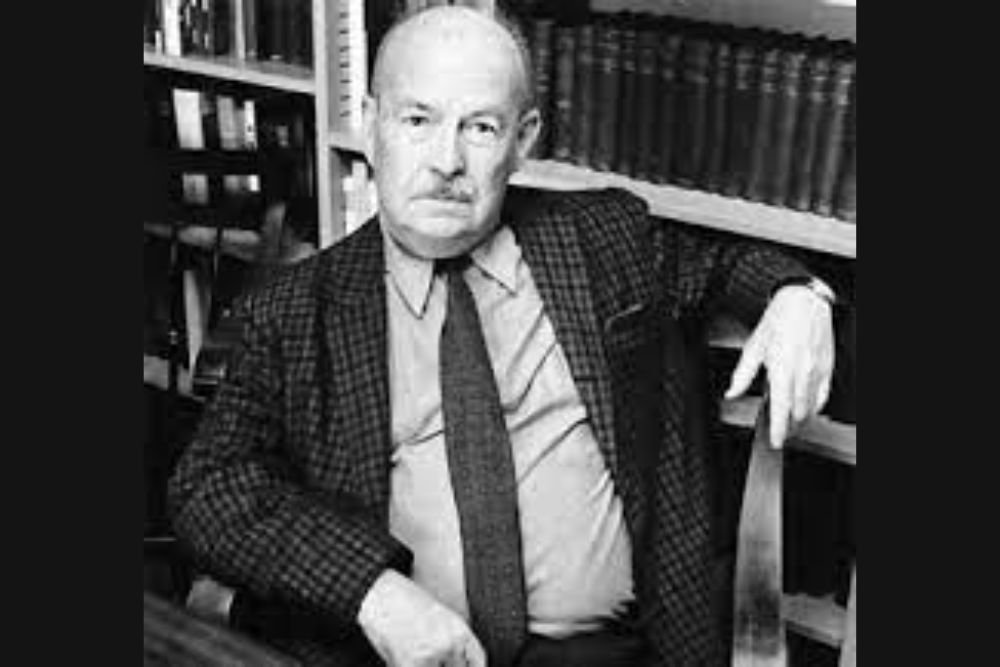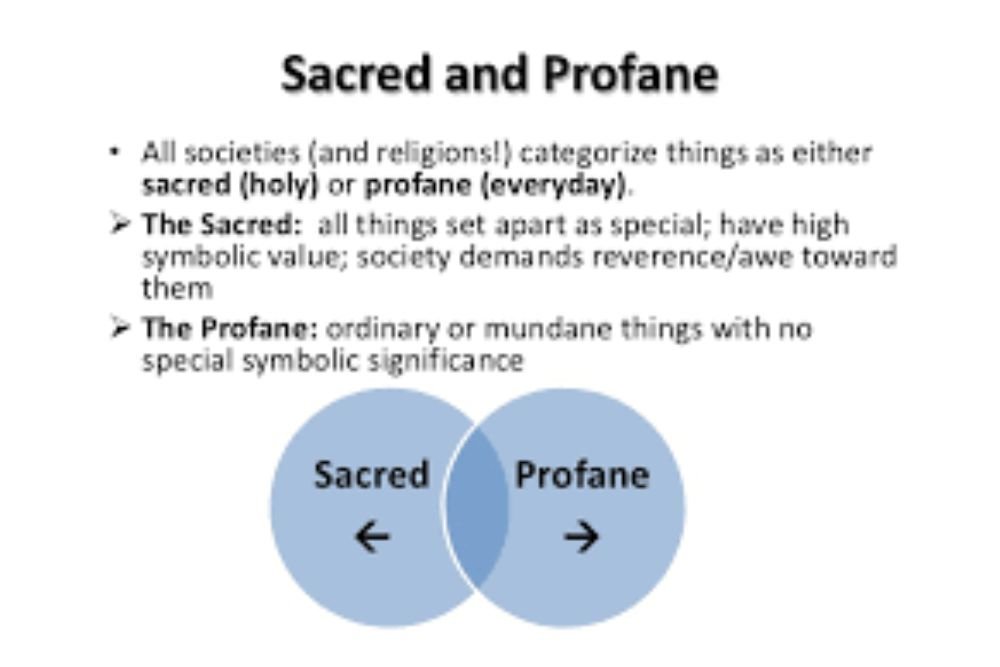
In the expansive terrain of sociological inquiry, the dichotomy between the sacred and the profane unfolds as a profound and adaptable conceptual framework, transcending its origins in religious analysis to illuminate a plethora of sociocultural phenomena. Originating from the seminal insights of Émile Durkheim in "The Elementary Forms of Religious Life," this conceptual pairing continues to captivate scholars, offering a nuanced and multifaceted lens through which to scrutinize the intricate interplay between the extraordinary and the mundane, the transcendent and the everyday.
At its essence, the sacred, as articulated by Durkheim, encapsulates those facets of life deemed extraordinary and imbued with a sense of transcendence. Whether manifested in religious rituals, symbols, or revered spaces, these elements hold a distinctive place in the collective consciousness of a society. Durkheim's proposition that the sacred acts as a cohesive force, fostering a shared set of values and norms, not only provides a foundational understanding but extends far beyond religious contexts, permeating the broader spectrum of sociocultural experiences.
Conversely, the profane constitutes the ordinary, the mundane facets of daily life that lack the heightened significance attributed to the sacred. While indispensable for the routine functioning of society, the profane, in Durkheimian terms, stands in stark contrast to the sacred. This dichotomous opposition, though rooted in religious analysis, emerges as a versatile analytical tool applicable to diverse sociological inquiries, ranging from cultural practices to social structures.
Durkheim's exploration of the sacred and profane establishes a cornerstone for comprehending the role of religion in societal integration. The sacred, according to Durkheim, not only unifies individuals but also engenders a moral community by providing a shared framework of meaning. His intricate analysis of totemic rituals among Australian Aborigines serves as a compelling illustration of how sacred totemic symbols function as representations of the collective conscience, reinforcing social solidarity.
To further deepen our understanding of the sacred and profane, it is imperative to consider the contributions of other eminent sociological thinkers. Mircea Eliade, in his seminal work "The Sacred and the Profane: The Nature of Religion," conducted a cross-cultural examination of these concepts. Eliade's exploration emphasizes the transformative power of the sacred, illustrating how it marks significant moments in the human experience and shapes cultural narratives across diverse societies.
Beyond the realm of religious studies, the sacred and profane dichotomy finds resonance in the works of Pierre Bourdieu, particularly in "Distinction: A Social Critique of the Judgement of Taste." Bourdieu's application of these concepts extends the framework into the analysis of social hierarchies and cultural capital. His examination reveals how certain cultural practices and tastes are elevated to the status of the sacred, while others are relegated to the profane, thereby contributing to the perpetuation of social inequalities and cultural dynamics.
The understanding of the sacred and profane is not merely confined to academic circles but has profound implications for the broader comprehension of symbolic dimensions within social life. Societies, viewed through the lens of this conceptual framework, engage in the creation of rituals, myths, and symbols that designate certain elements as sacred. This process not only reinforces a shared sense of identity and belonging but also positions the profane as the backdrop against which the sacred is delineated, establishing a dynamic interplay that shapes cultural practices, norms, and social interactions.
In conclusion, the sacred and profane emerge as dynamic and adaptable concepts, shedding light on the intricate interplay between the extraordinary and the mundane, the transcendent and the everyday. Grounded in the foundational insights of Émile Durkheim and expanded upon by scholars like Mircea Eliade and Pierre Bourdieu, this conceptual framework proves to be a versatile tool for understanding diverse cultural practices, social structures, and symbolic interactions. Far from being confined to the religious sphere, the sacred and profane permeate various facets of social life, offering a rich terrain for sociological exploration and contributing to a deeper comprehension of culture, symbolism, and the shared meanings that bind societies together.




